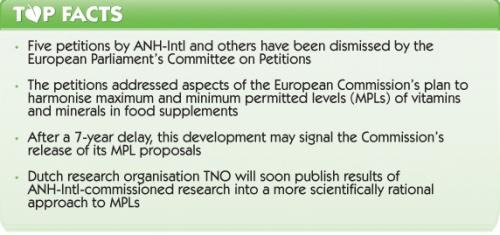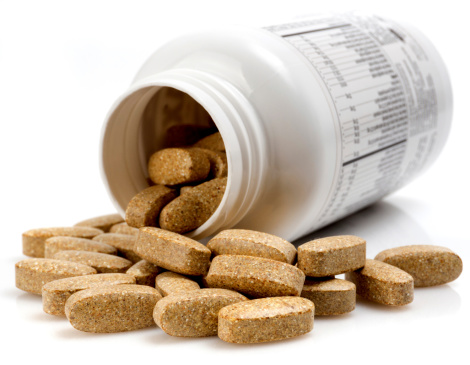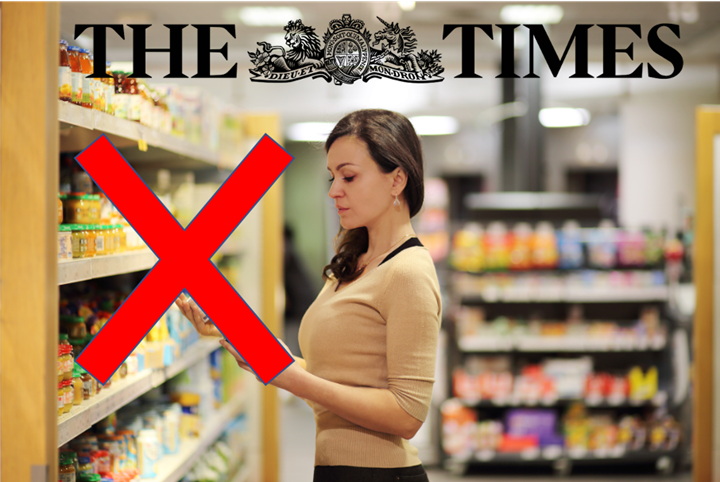Content Sections
Why has the European Commission (EC) suddenly dismissed several long-standing petitions on vitamins and minerals submitted by ANH-Intl and others? Is it clearing the decks for its proposals on maximum permitted levels (MPLs) of these substances in food supplements?

Protecting Europeans from vitamins and minerals
One of the most disconcerting aspects of the European Union (EU)-wide web of legislation affecting natural healthcare is its long-standing commitment to set a ceiling on the maximum dosage on vitamins and minerals allowed in food supplements (and fortified foods, as it happens). To ensure Europeans are supposedly protected from excessive intakes by capping maximum levels, the European Commission is also committed to setting EU-wide minimum levels. Given the EU fondness for acronyms, this process is referred to as MPLs, i.e. maximum – and minimum – permitted levels (MPLs).
The commitment to establish MPLs EU-wide was legitimised back in 2002, when the Food Supplements Directive (FSD; Directive 2002/46/EC) narrowly passed into EU law. While it was initially expected that MPLs would be set in around 2007, it’s taken another seven years for the Commission to make the push for harmonisation of levels an apparent priority.
Flawed methodology
One of the big stumbling blocks to progress has been the lack of agreement over what methods should be used to determine maximum levels. The FSD states the key criteria that should be taken into account, and so far there have been two main efforts to develop methods to do this. Each has significant weaknesses. However, ANH-Intl has been at the forefront of exposing the scientifically flawed nature of these methods.
While the main driver to harmonising MPLs is meant to be safety considerations, the misuse of science in the process could actually prevent many Europeans from reaping the numerous health benefits of safe levels of micronutrients. And let’s not forget that the European Commission has previously indicated that food supplements are not intended to have therapeutic effects – the sole preserve of drugs.
Elimination of roadblocks
Earlier this week, the Commission successfully dismissed five petitions submitted by ANH-Intl, the Irish Association of Health Stores (IAHS) and others. The Commission had tried this before, unsuccessfully. These petitions pointed out numerous problems that MPLs would likely cause for European consumers and the natural health sector alike. Despite having been successfully defended by ANH-Intl’s executive & scientific director, Robert Verkerk PhD on two previous occasions, the EC’s successful dismissal was abrupt, to say the least.
Here’s how Rob Verkerk responded to these latest events: “The European Parliament’s Petitions Committee is a formal way for European citizens to bring concerns about aspects of European law to the attention of the Parliament, and for the Commission to answer the concerns. If the Petitions Committee agrees with the Commission, it will dismiss the petition. If not, it will remain in place and hopefully serve to influence the Commission’s thinking on developing legislative proposals. Here, we have five petitions that have twice been defended successfully. On both these occasions, the Commission didn’t manage to persuade the Petitions Committee that it had good reason to go ahead with its MPL proposal. Now, with no possibility of us defending our positions, and with no new information on the table, the Petitions Committee is leaned on to close the files. In anyone’s terms, this kind of bullying from the Commission drives a coach and horses through any democratic due process.”
Why now?
For over 7 years now, we have been helping to stall the EC’s process of setting EU-wide MPLs through lobbying at an European Parliament level, our scientific objections [1,2] and maintaining the European Parliament petitions.
We wonder whether the EC’s unheralded rejection of the relevant petitions represents a ‘clearing of the decks’ prior to the MPL proposals being released – a way to remove public objections to the EC’s plan for food supplements prior to railroading those plans into law.
We’ll be ready!
If this turns out to be the case, we’ll be ready. The Dutch research organisation TNO will soon be publishing the results of a ANH-Intl commissioned project designed specifically to find more scientifically rational methods of determining maximum safe levels of vitamins and minerals to be used in food supplements. These will be based on dual consideration of risks and benefits, as well as taking into account variations between different forms of vitamins and minerals. We are hopeful that the results will clearly demonstrate that a more scientifically valid method for determining MPLs could do the job far better than the methods currently on the table. With these data in the public domain, we believe it will be much harder for the EC to argue that it’s ‘our way or the highway’.
[1] Verkerk RHJ, Hickey S. A critique of prevailing approaches to nutrient risk analysis pertaining to food supplements with specific reference to the European Union. Toxicology 2010;278:17-26.
[2] Verkerk RHJ. The paradox of overlapping micronutrient risks and benefits obligates risk/benefit analysis. Toxicology 2010;278:27-38.








Comments
your voice counts
16 July 2014 at 6:55 pm
Keep up the good work!
17 July 2014 at 12:57 pm
The EU elite probably took the chance in the gap when the EU Parliament was dissolved before the new MEPs had a chance to get into their offices.
It is also worrying that the EU establishment seems to arrogantly steam-roll the EU-sceptical voters in the EU elections. Instead of listening to the clear message from the voters they pushed for the arch-federalist Juncker as the new boss of the Commission. And the old boys’ establishment of the EPP and the socialists rigged the election of the committee chairmen posts to deny UKIPs group one chairman post, which they were entitled to according to the D’Hondt rule and common practise since the 1960s.
It seems that the establishment is intent on steamrolling even faster federalisation, as a slap in the face to the EU-sceptical voters.
PS. You should mention WHY the method for “risk assessment” in the FSD is flawed: it views vitamin supplements as if they are toxins, with the same “safety margins”. This is easy to understand.
19 July 2014 at 11:59 am
I am so with you on this but as a very ordinary citizen am at a loss as to how we can stop this I would be grateful for any suggestions, I realise that we need to get together to make our voices heard, and to let the rest of the country know what is going on
11 September 2014 at 2:31 pm
Thanks for sharing such great post. I am appreciating for your hard work. Taking proper vitamins supplements are really beneficial for our good health..
Your voice counts
We welcome your comments and are very interested in your point of view, but we ask that you keep them relevant to the article, that they be civil and without commercial links. All comments are moderated prior to being published. We reserve the right to edit or not publish comments that we consider abusive or offensive.
There is extra content here from a third party provider. You will be unable to see this content unless you agree to allow Content Cookies. Cookie Preferences